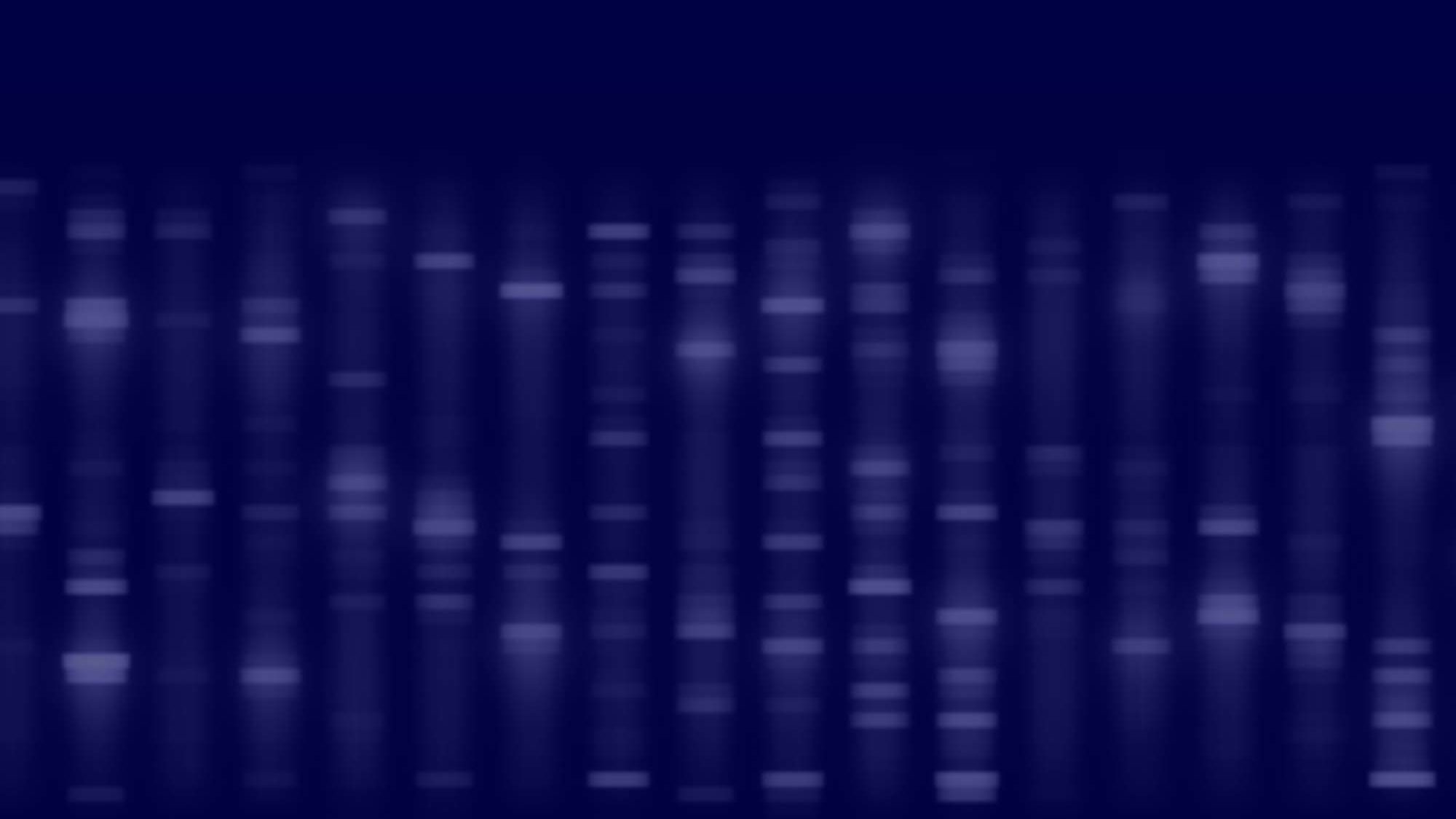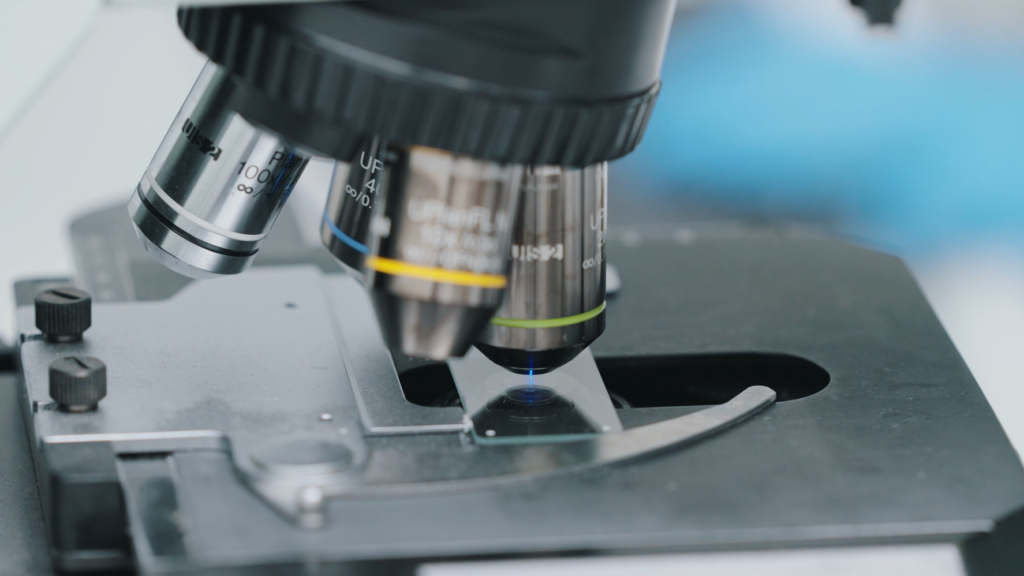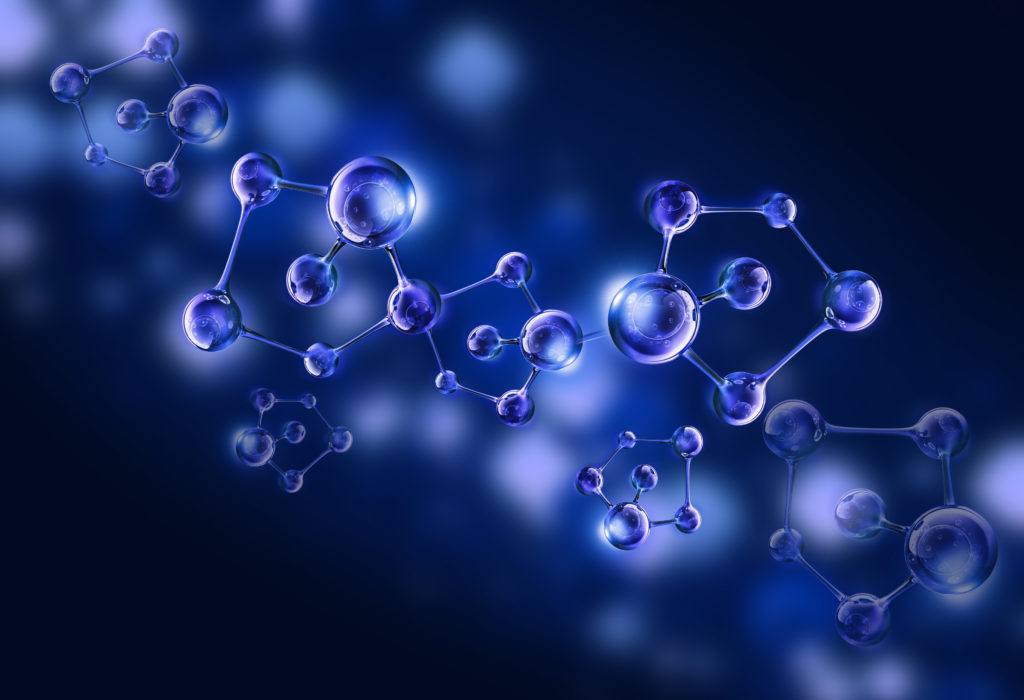General Toxicology
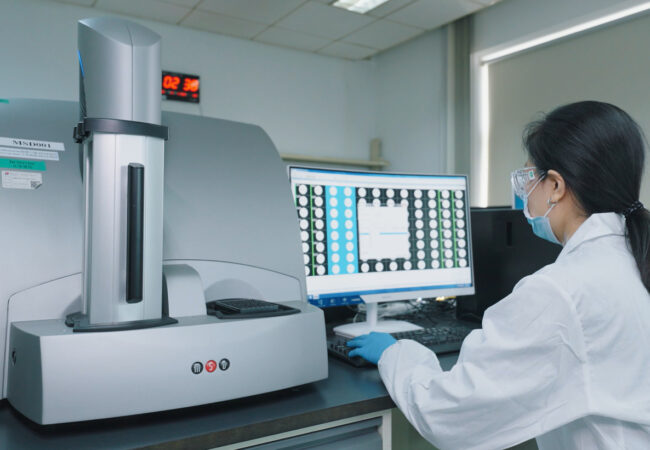
General Toxicology Services
Pharmaron understands that general toxicology studies are a key step in bringing drugs to market. Our safety assessment team has a wealth of knowledge that allows us to help our partners plan and conduct their general toxicology studies for small molecules, biologics and cell and gene therapy test articles.
Our team becomes an extension of your team and can perform any size study efficiently to help advance your drug discovery program. We provide general toxicology studies to support discovery and development programs with or without GxP regulatory compliance. Safety pharmacology protocols can be incorporated into general toxicology studies.
Study types include acute/single dose, sub-chronic and chronic.
Capabilities
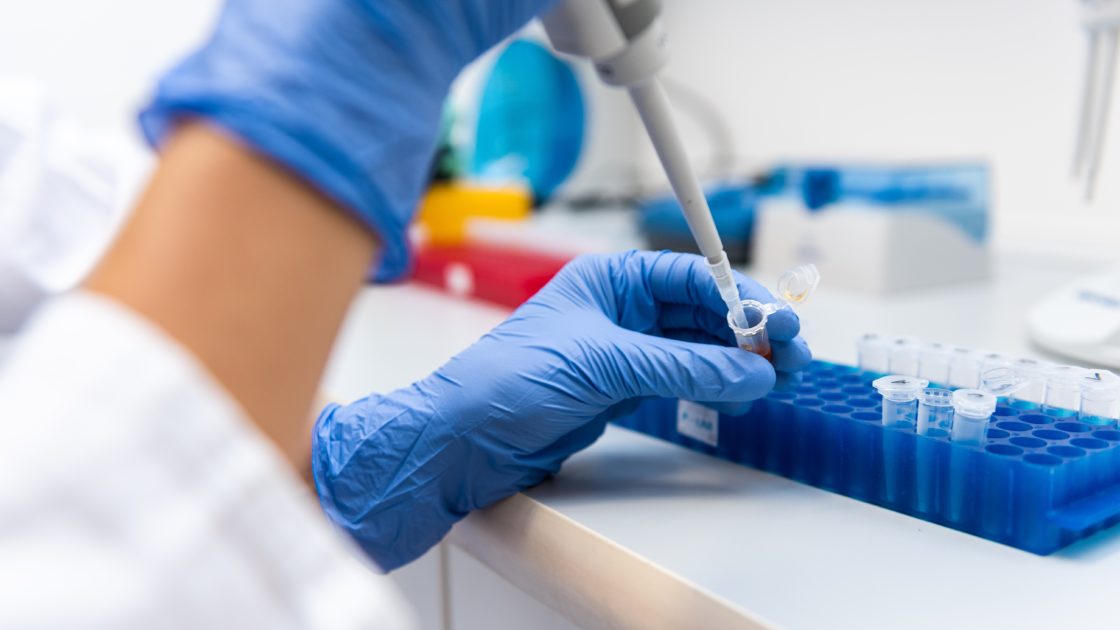
Routes of Administration
- Oral (Gavage/intubation, tablet/capsule, dietary)
- Parenteral (IV injection/infusion, intramuscular, intraperitoneal, subcutaneous, intradermal)
- Topical (dermal, ocular)
- Other routes (intraarticular, intranasal, intravesicular, intravitreal, vaginal, rectal, brain implantation)
- Species: rodent, non-rodents
